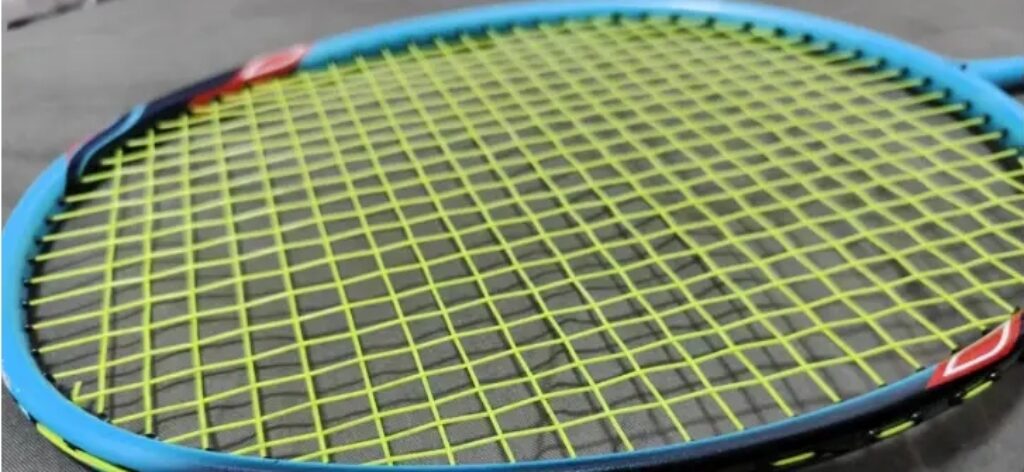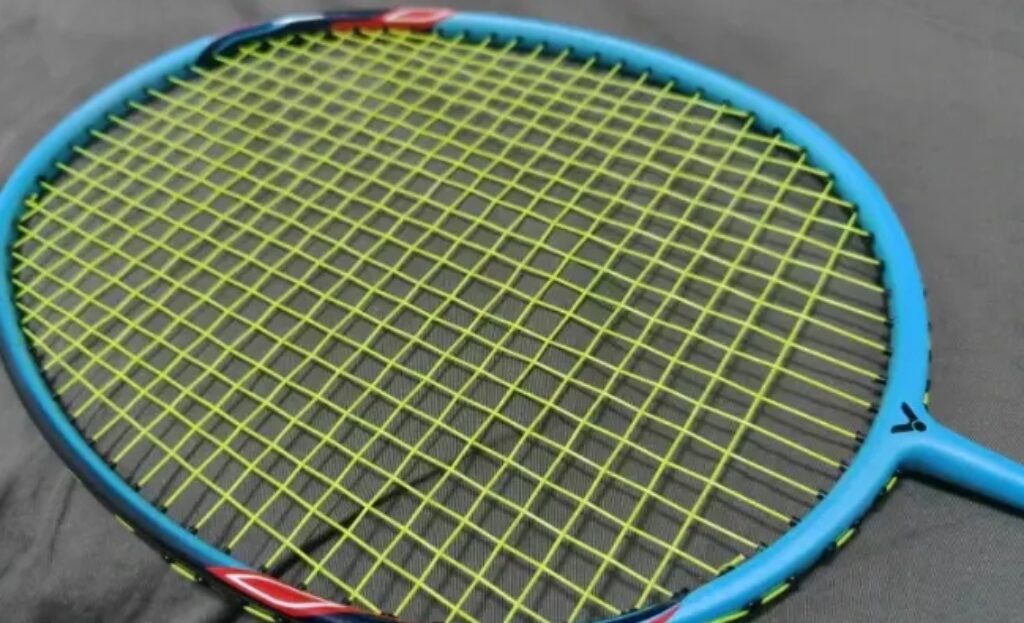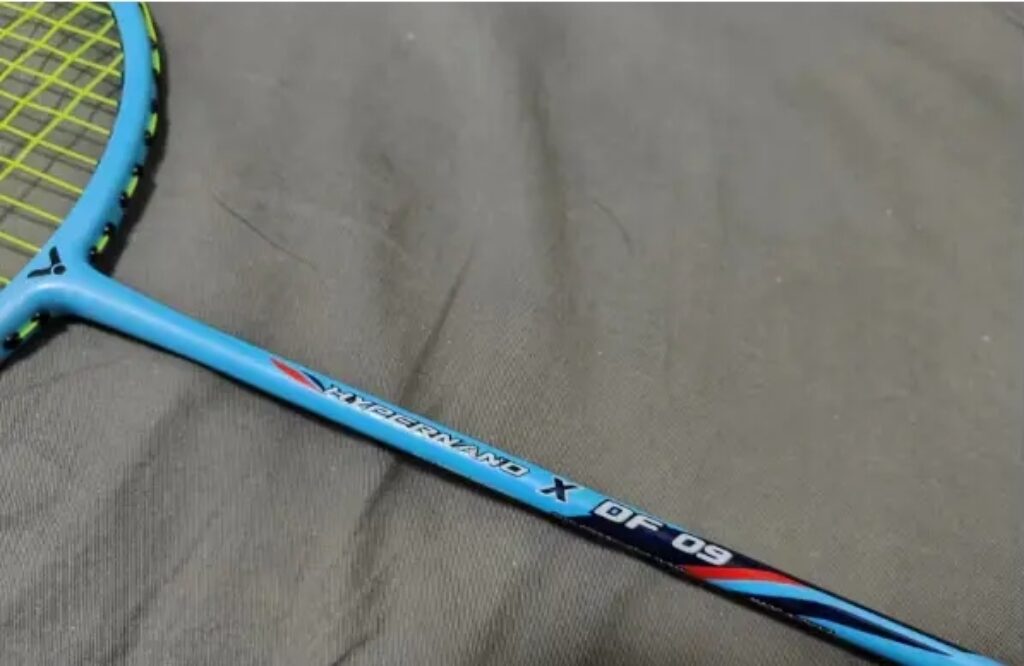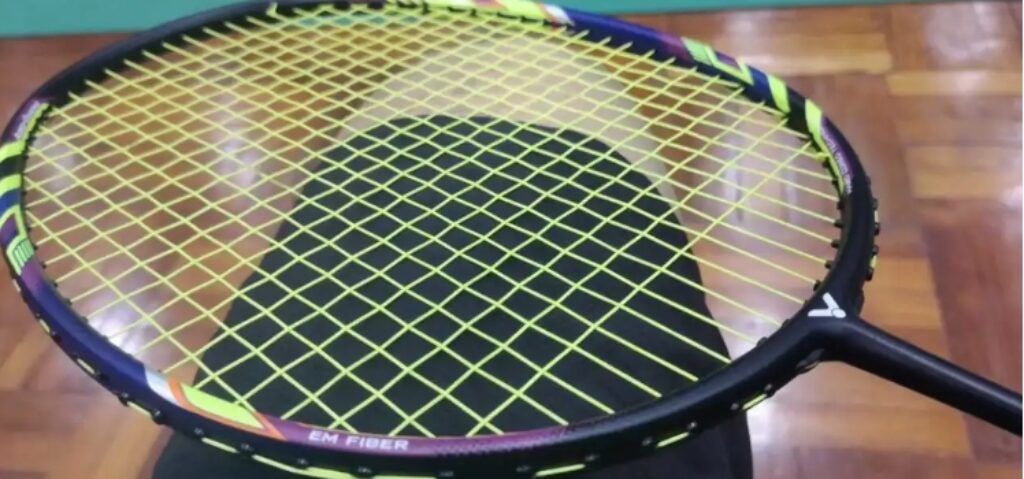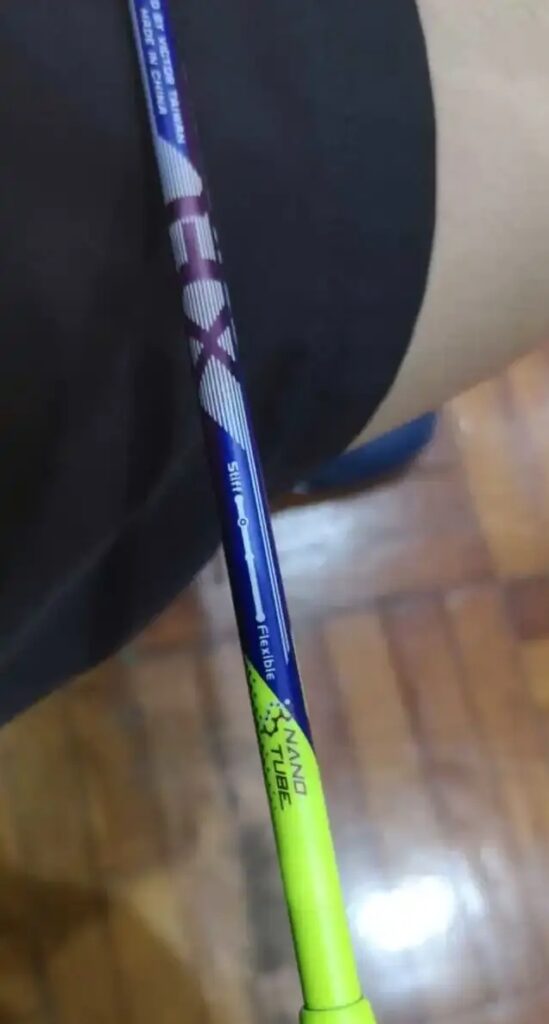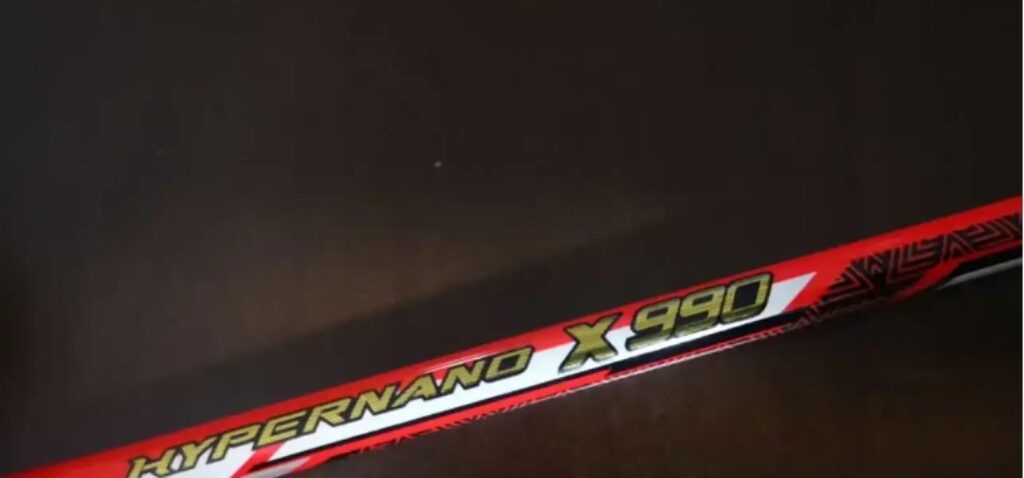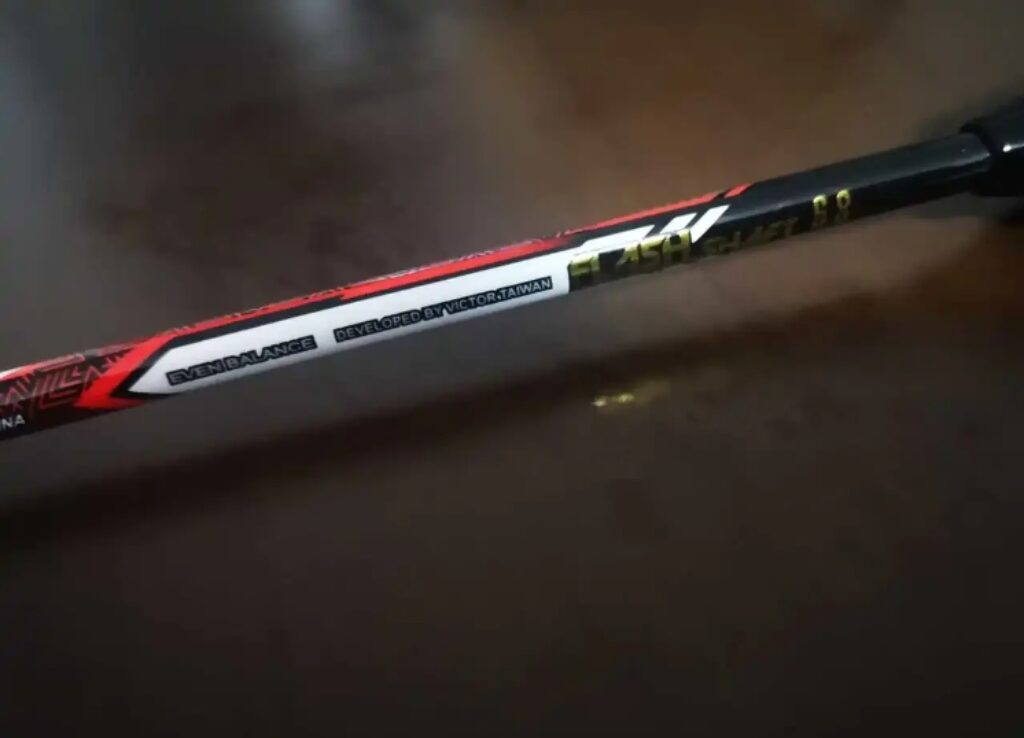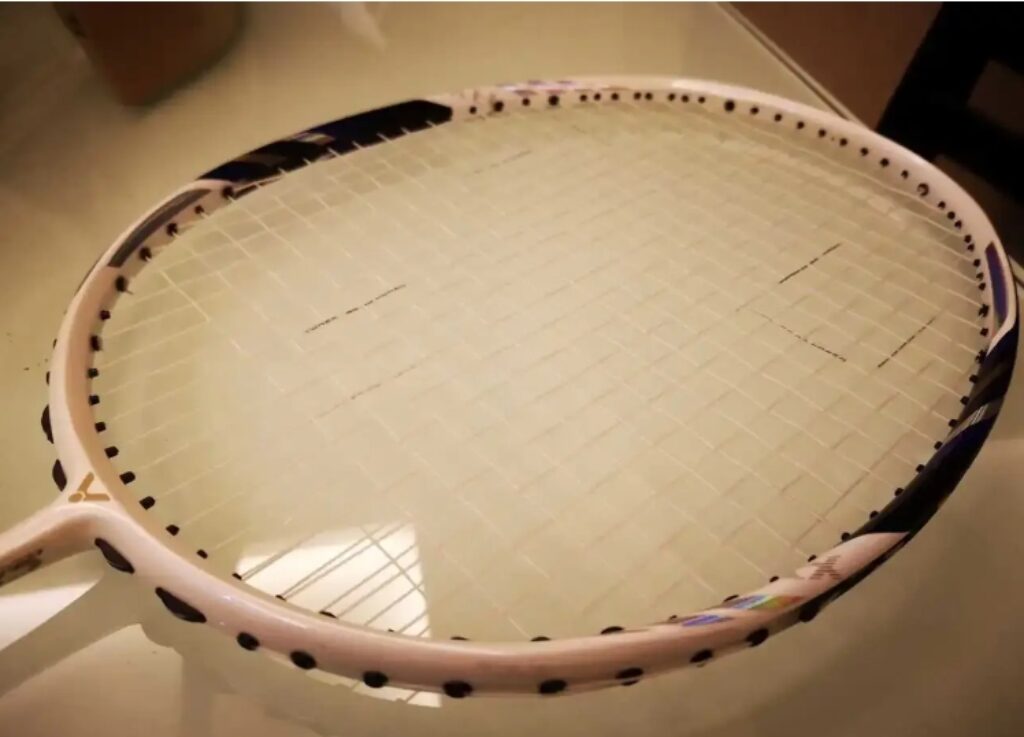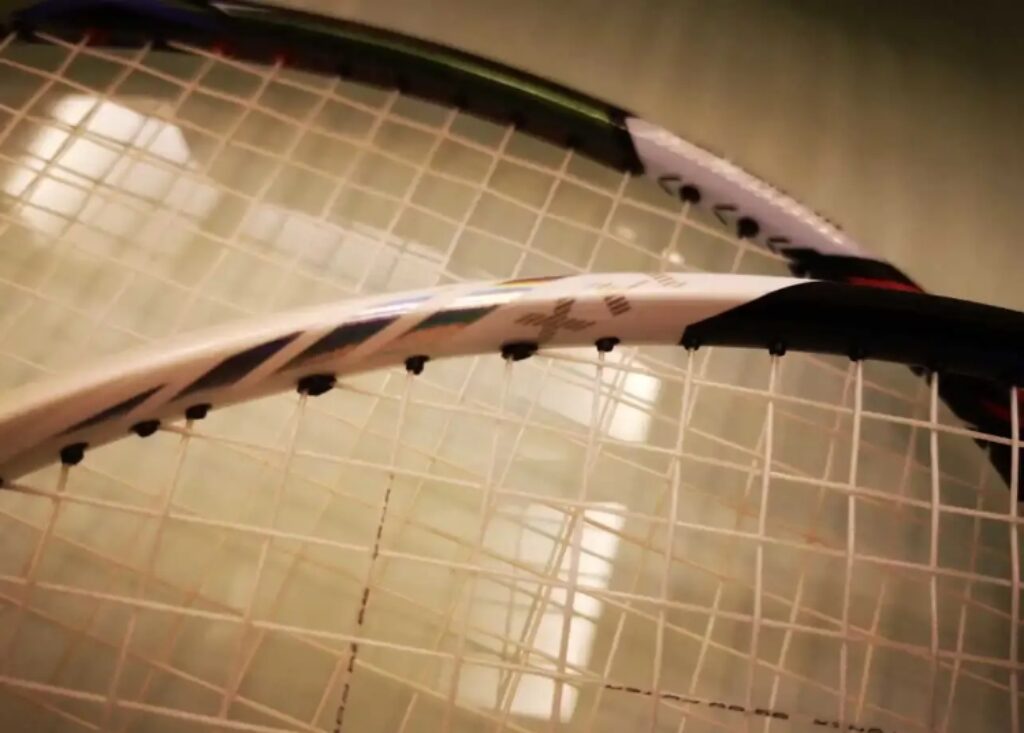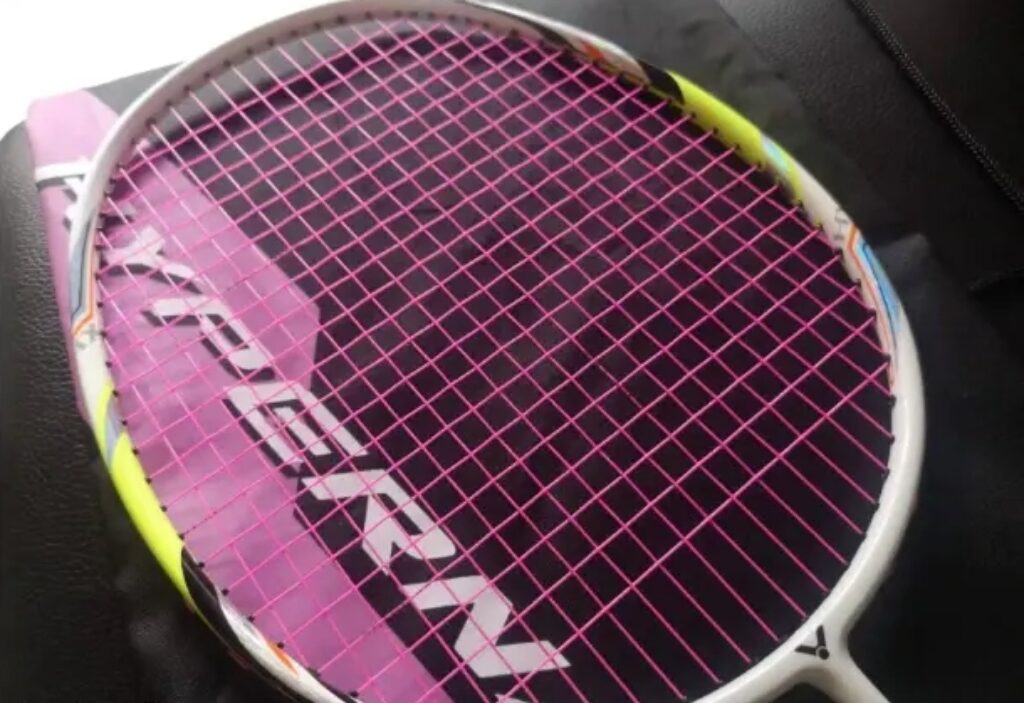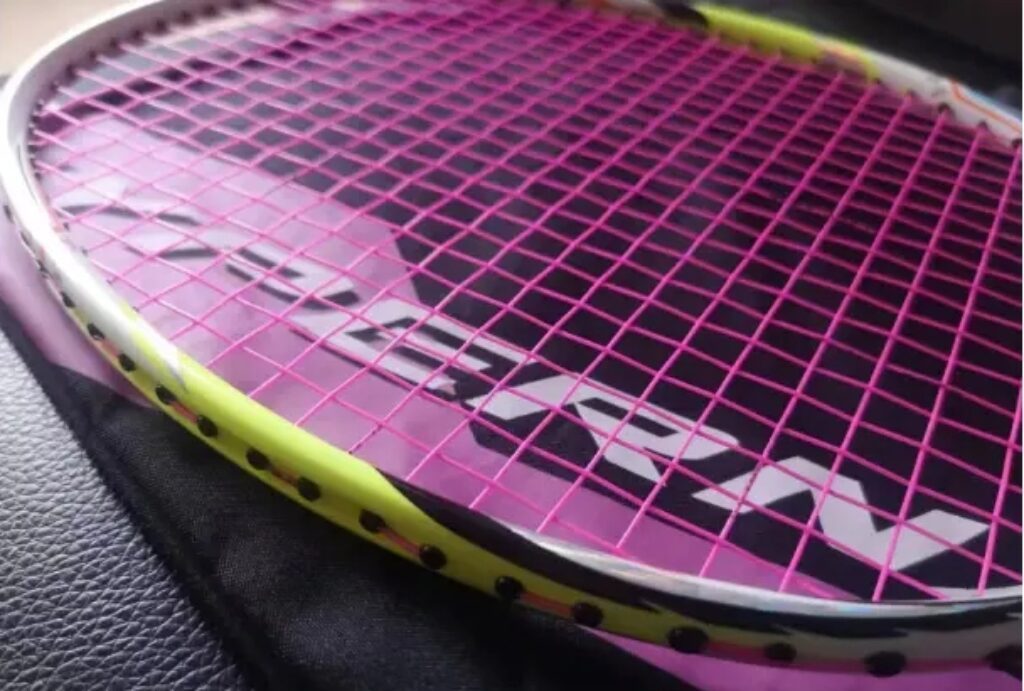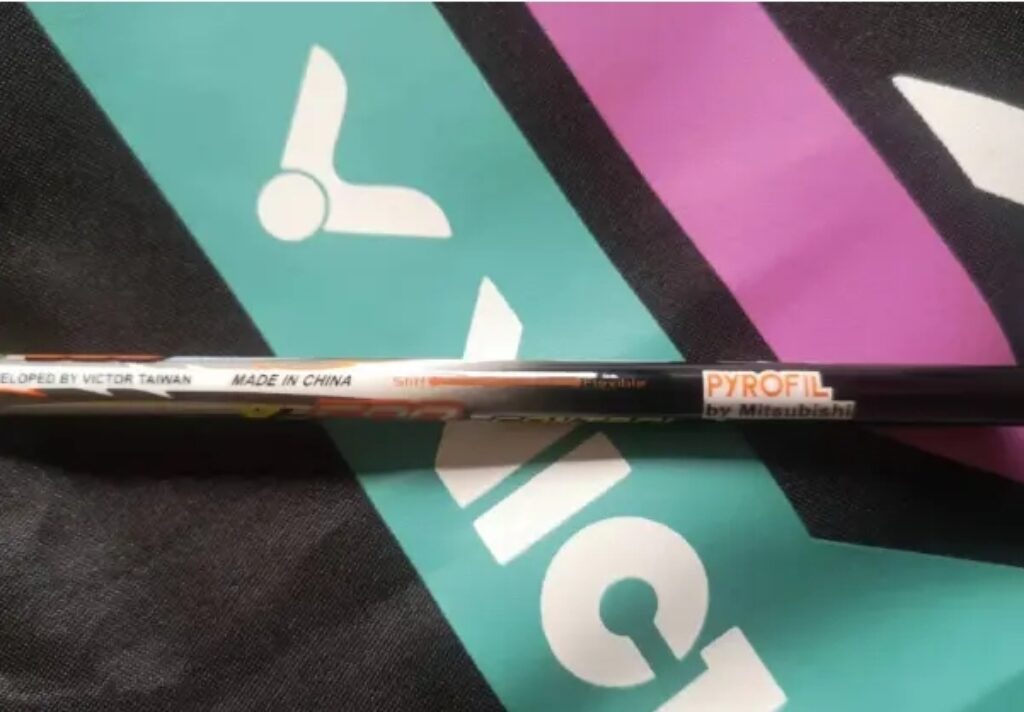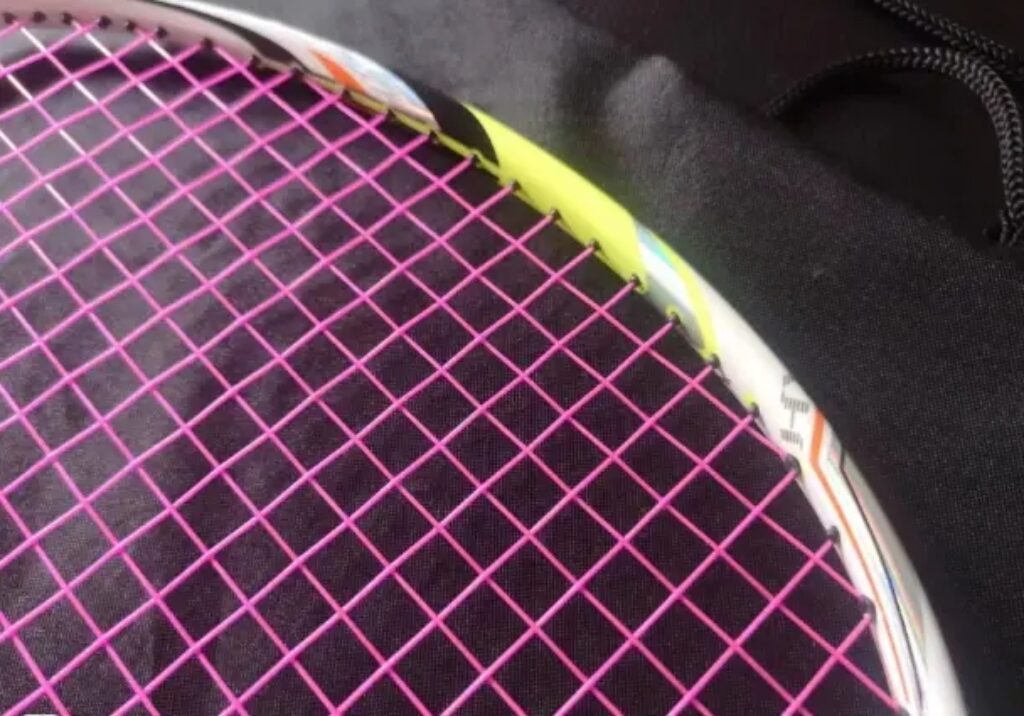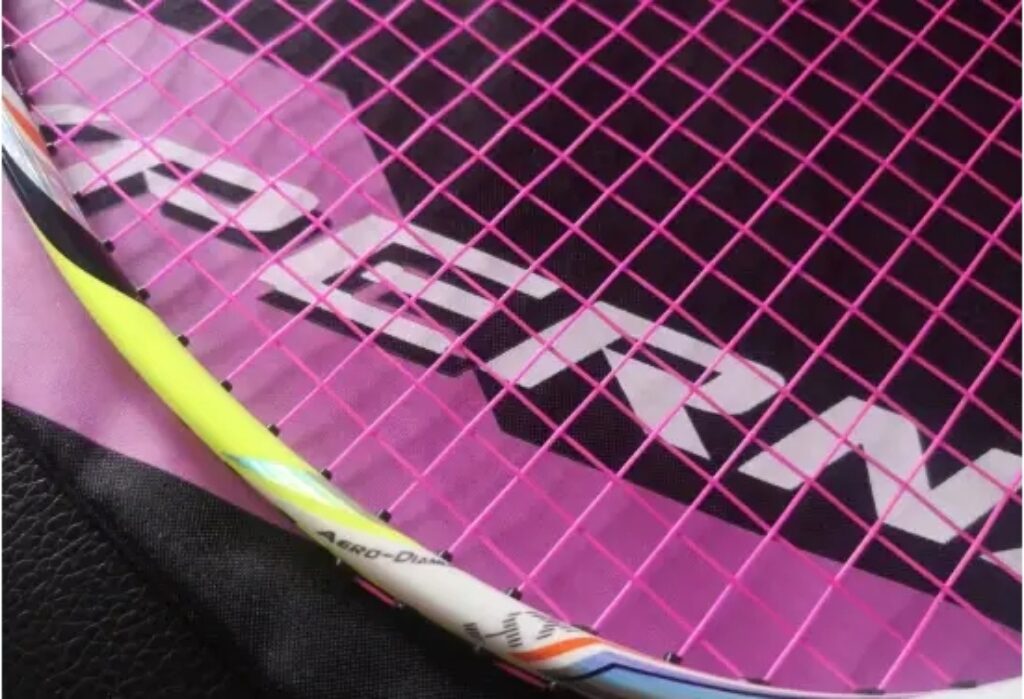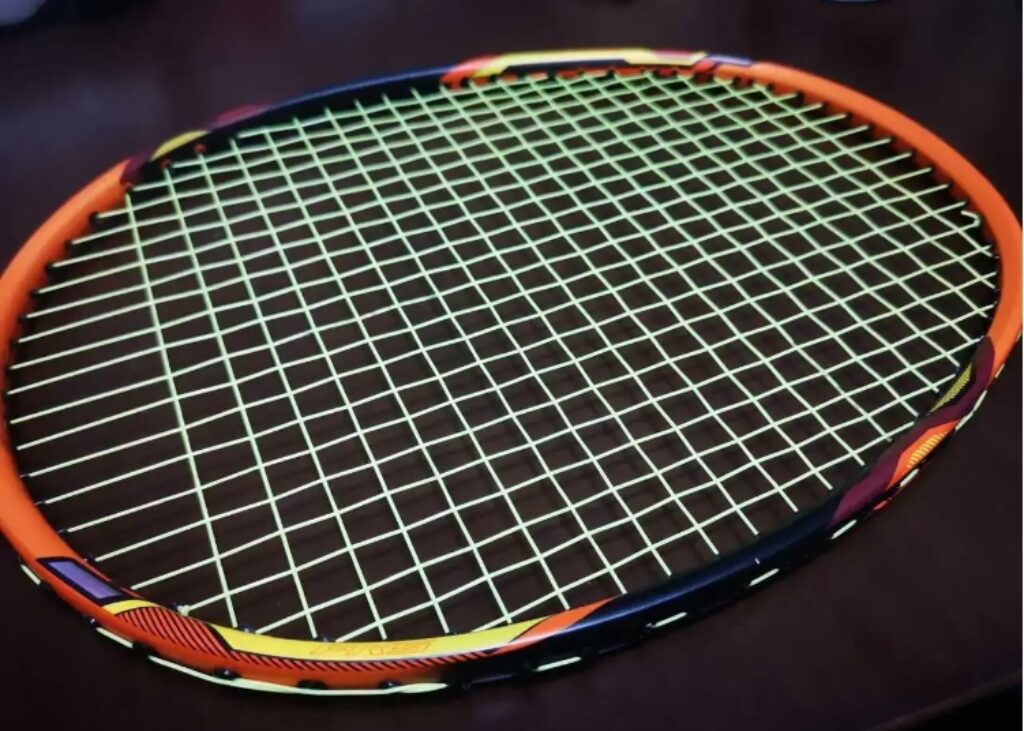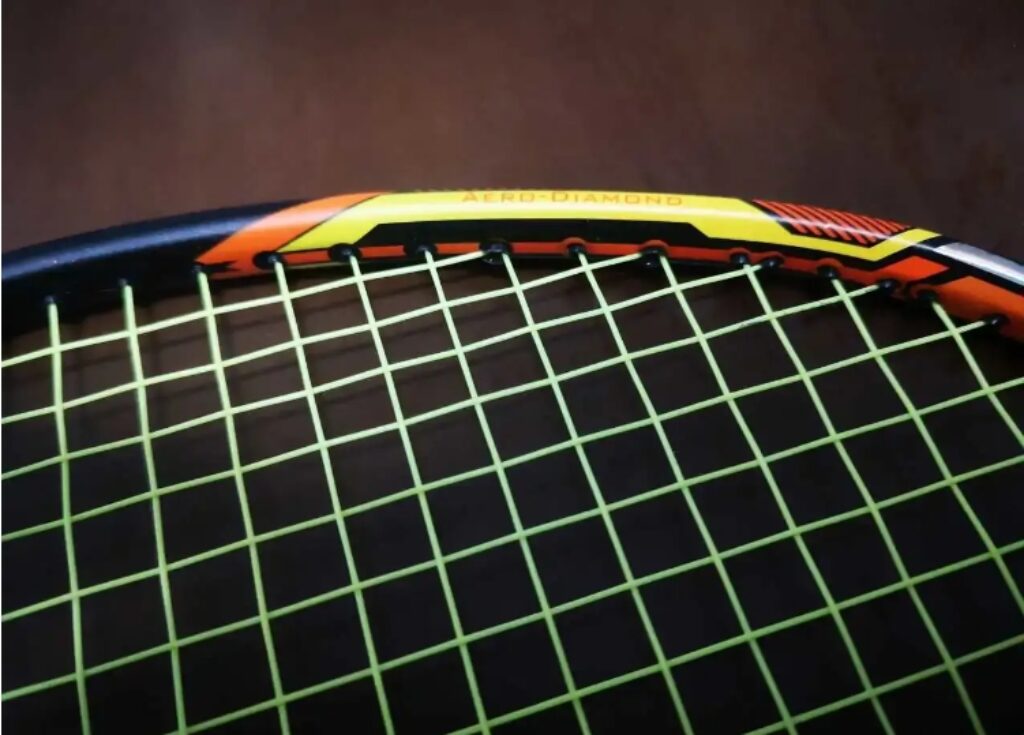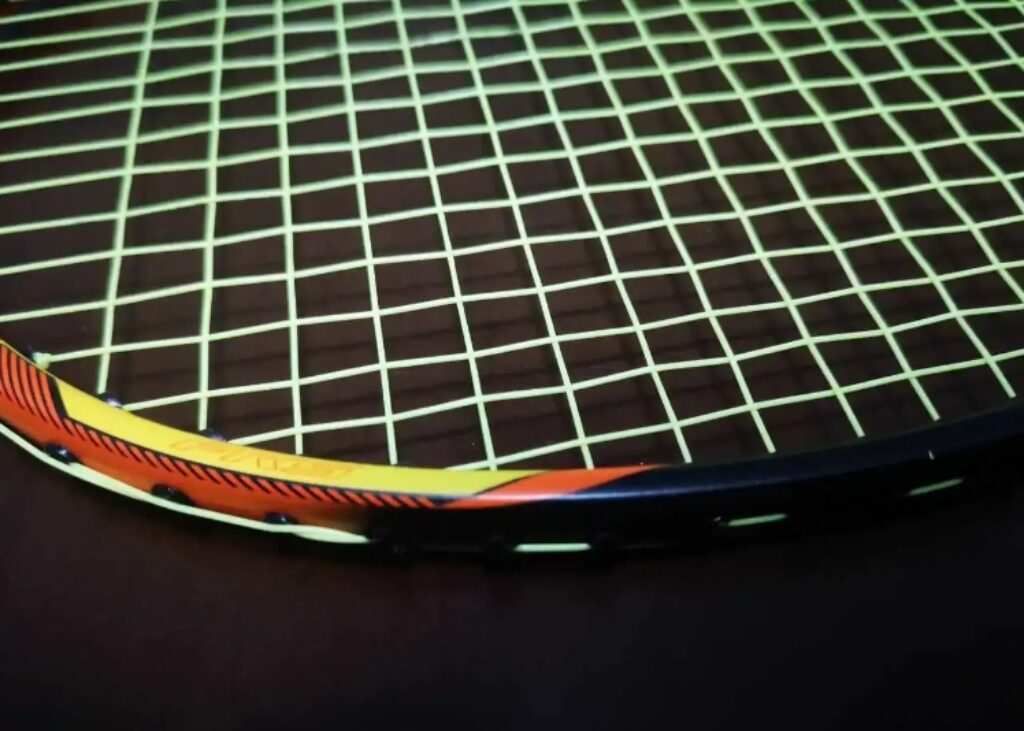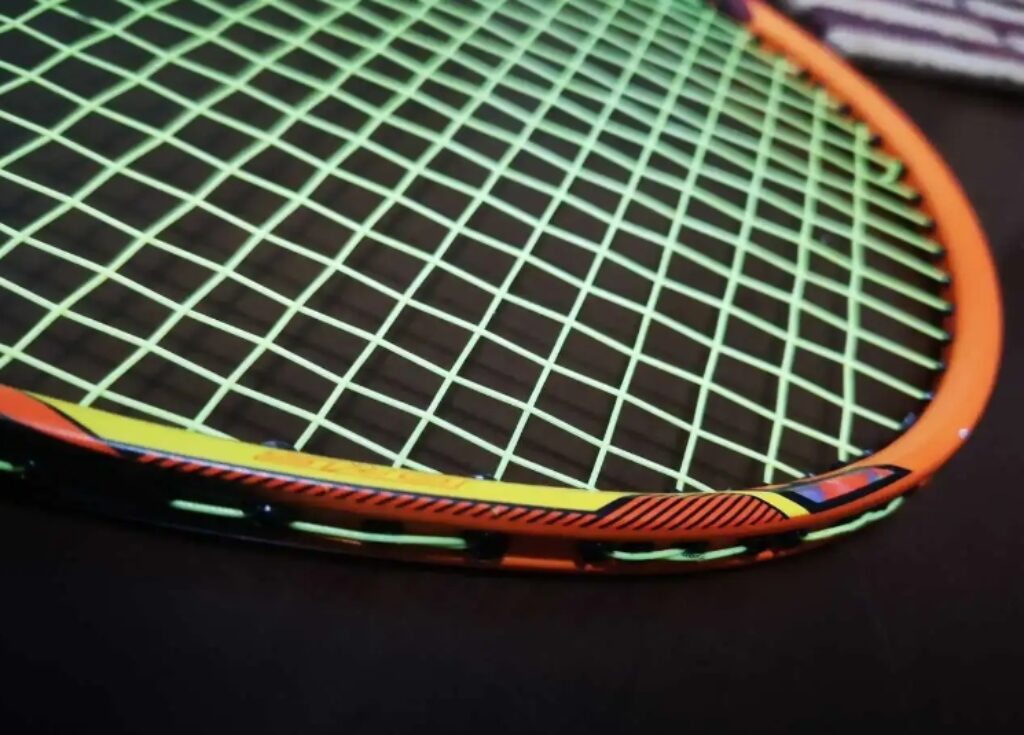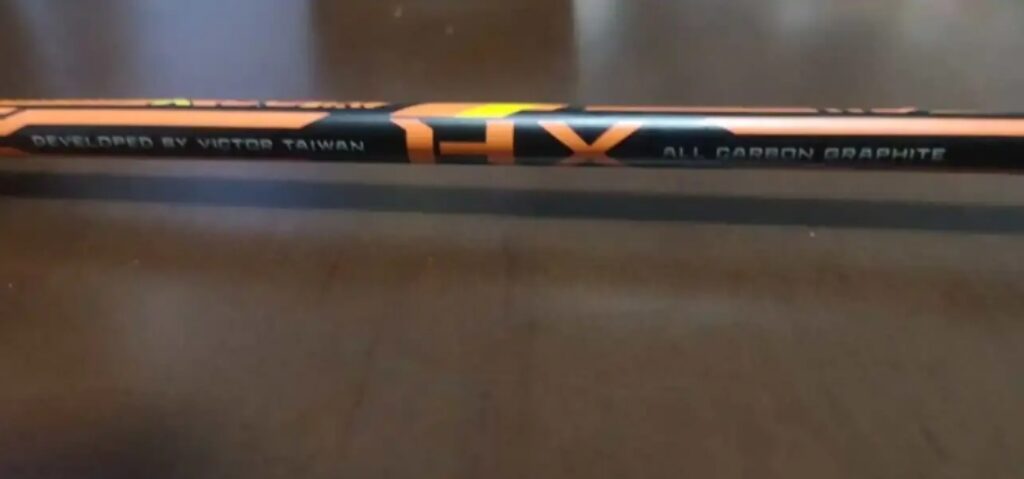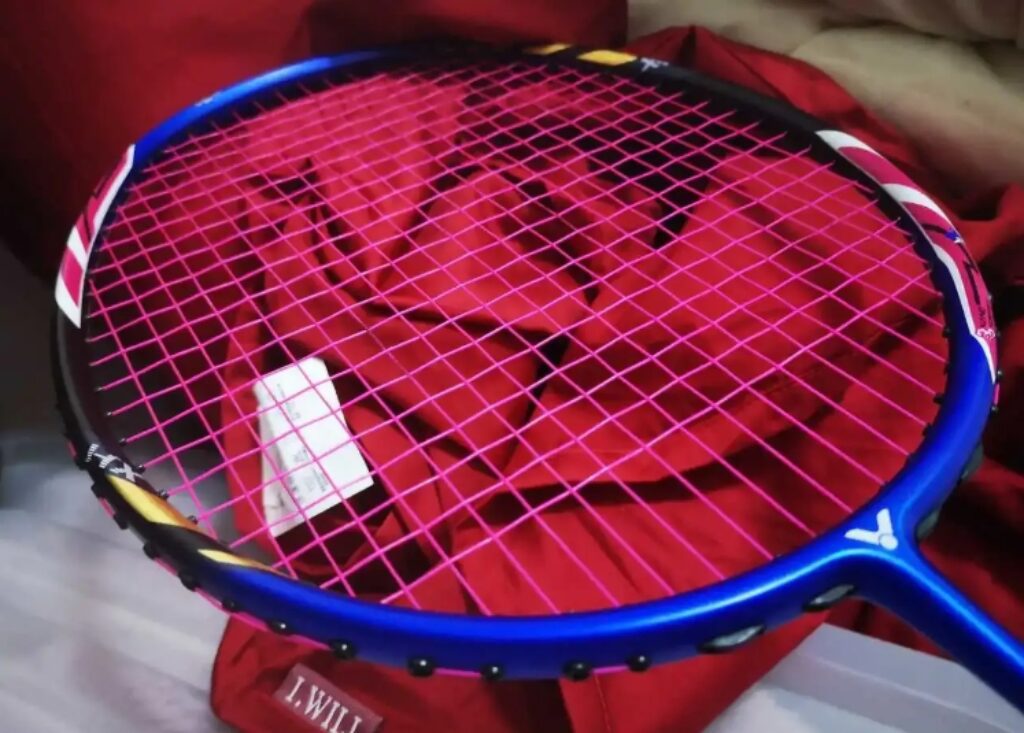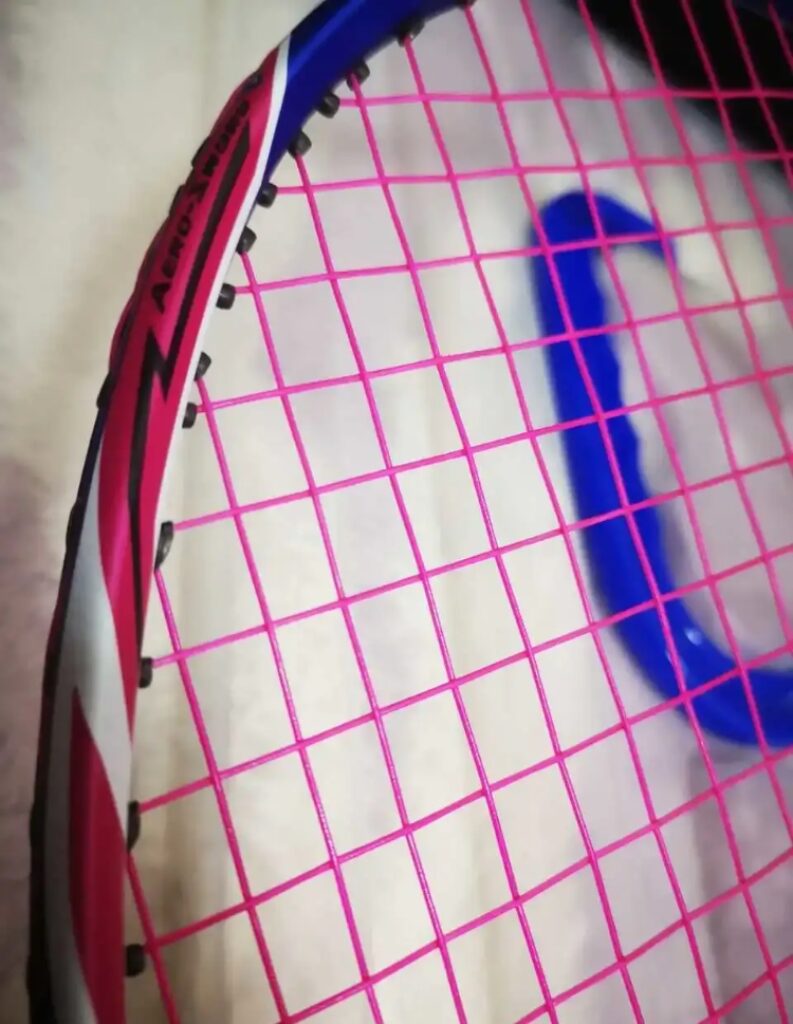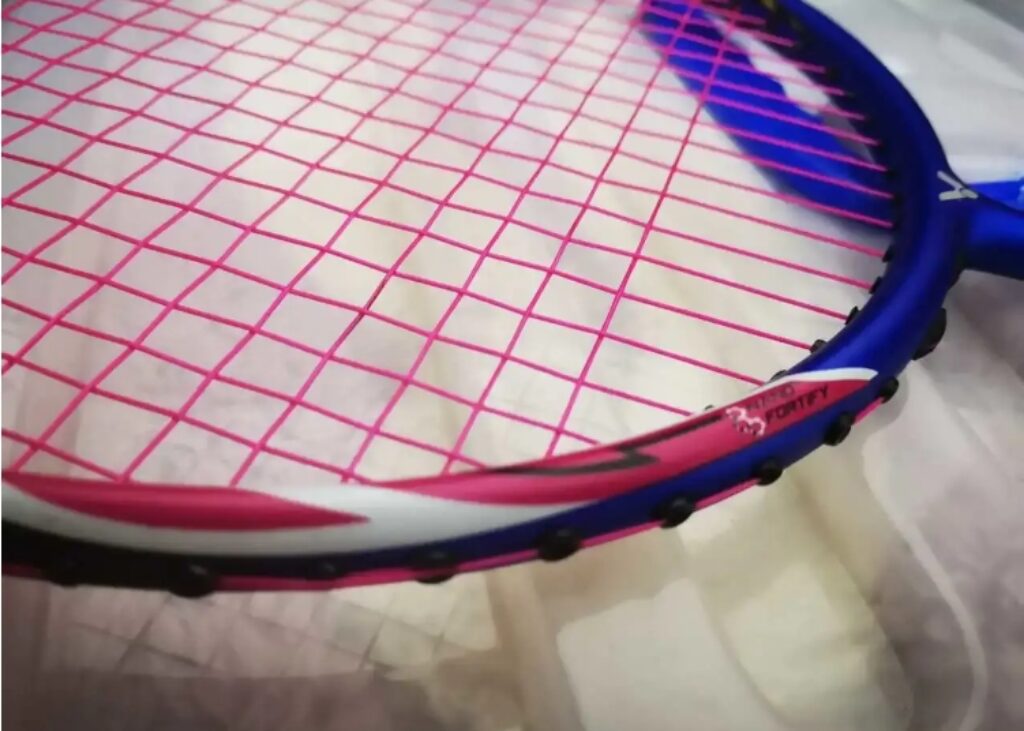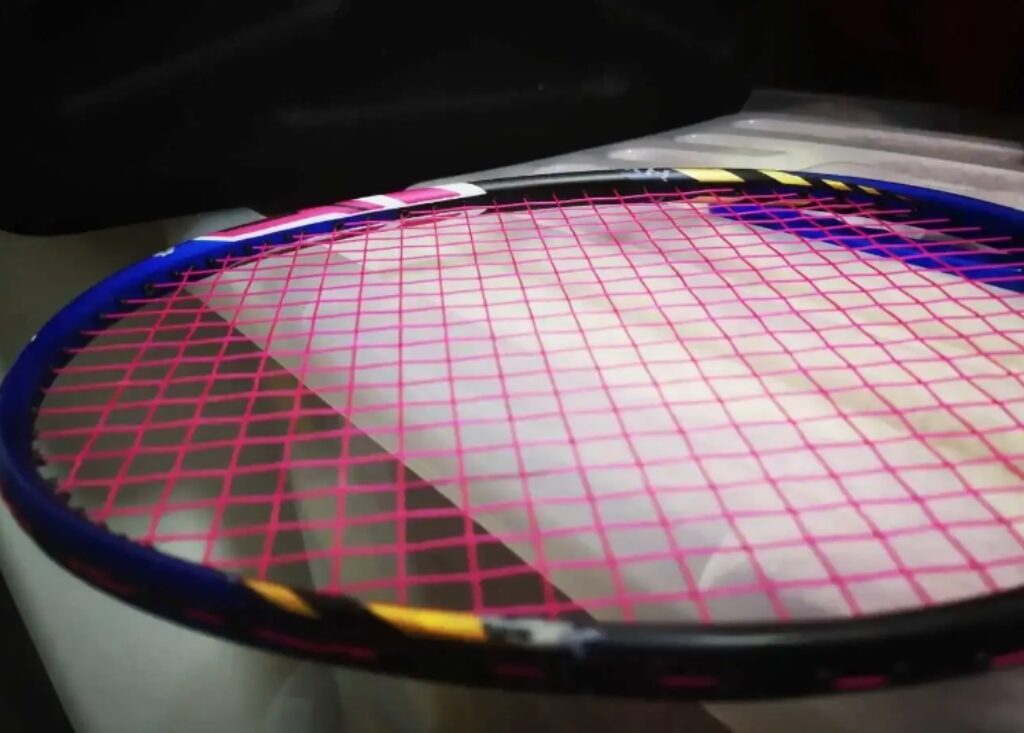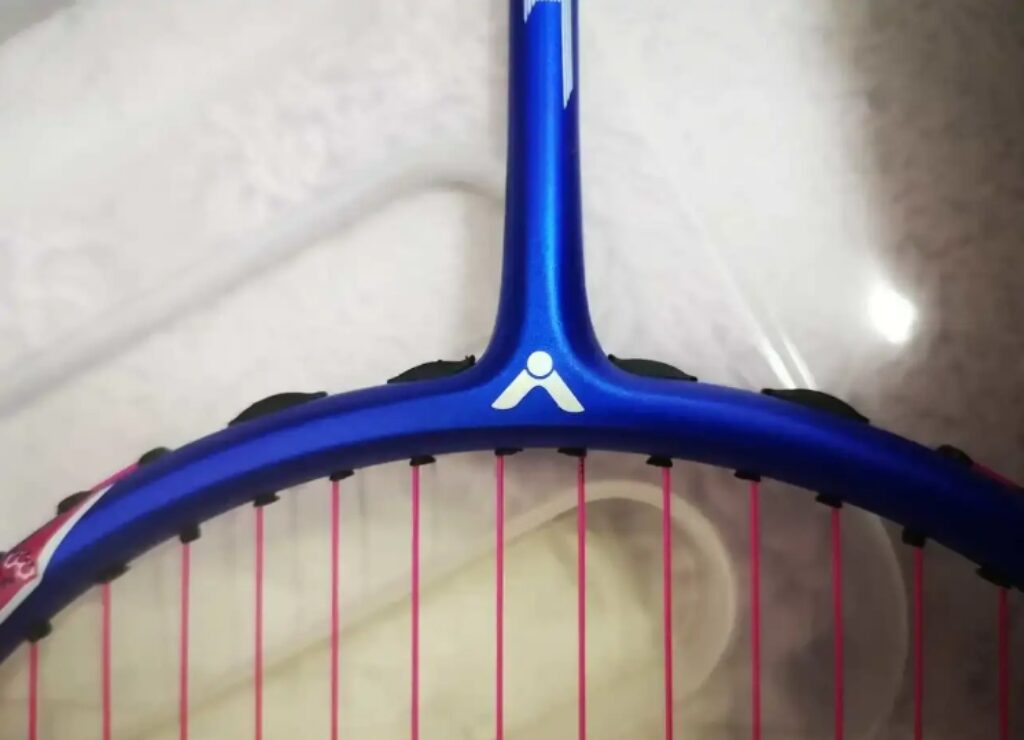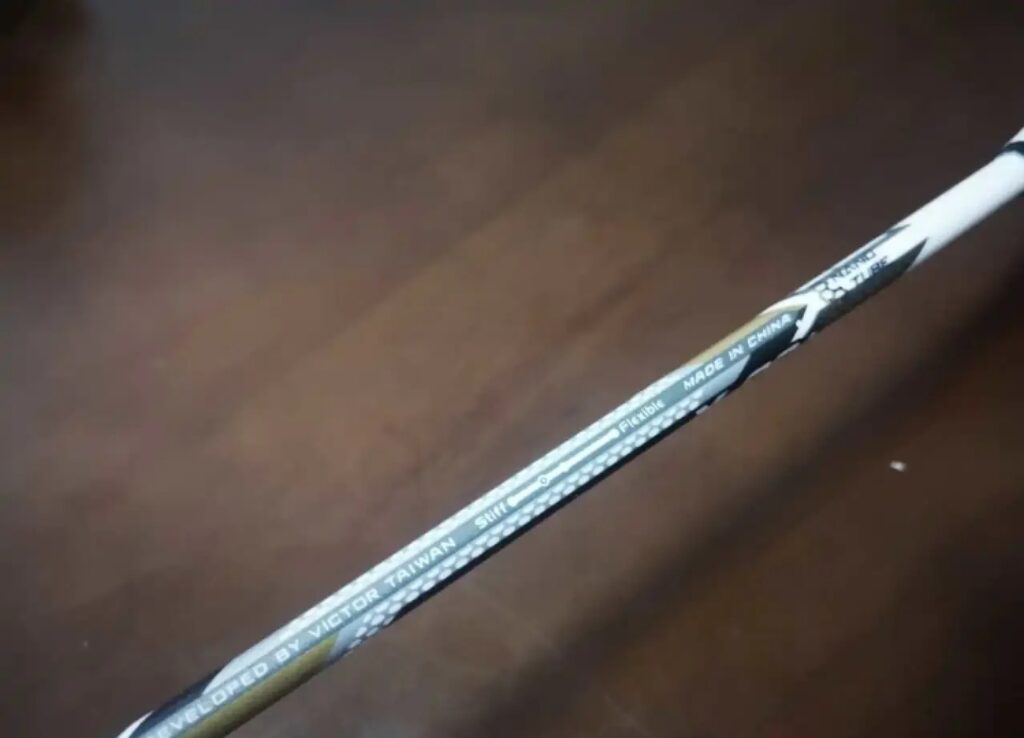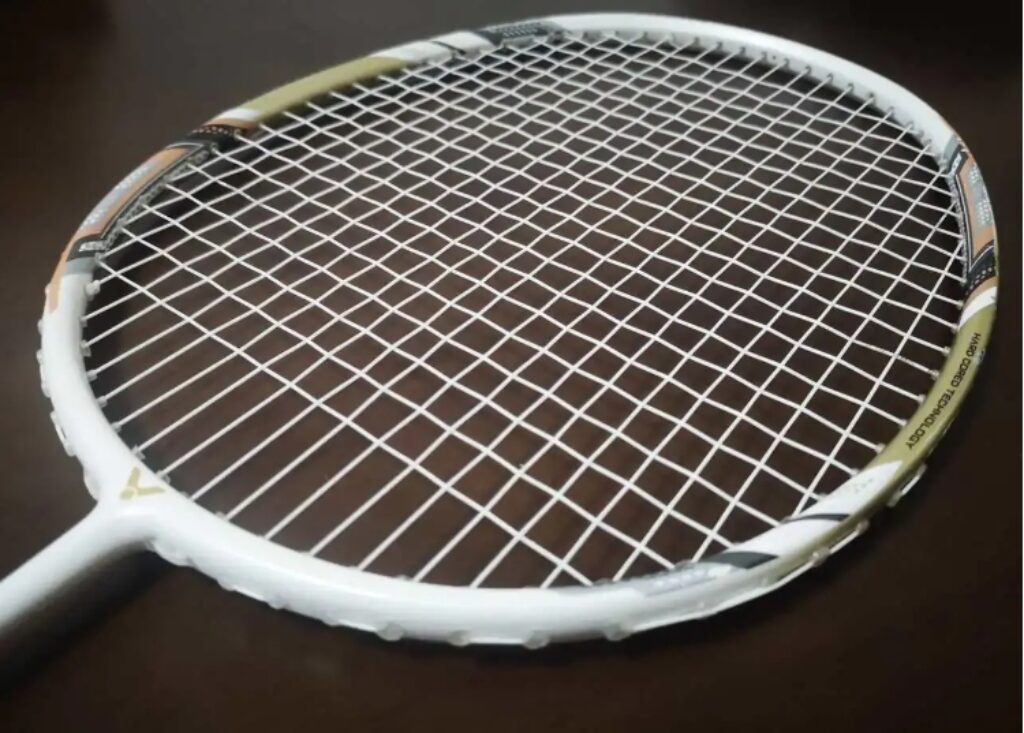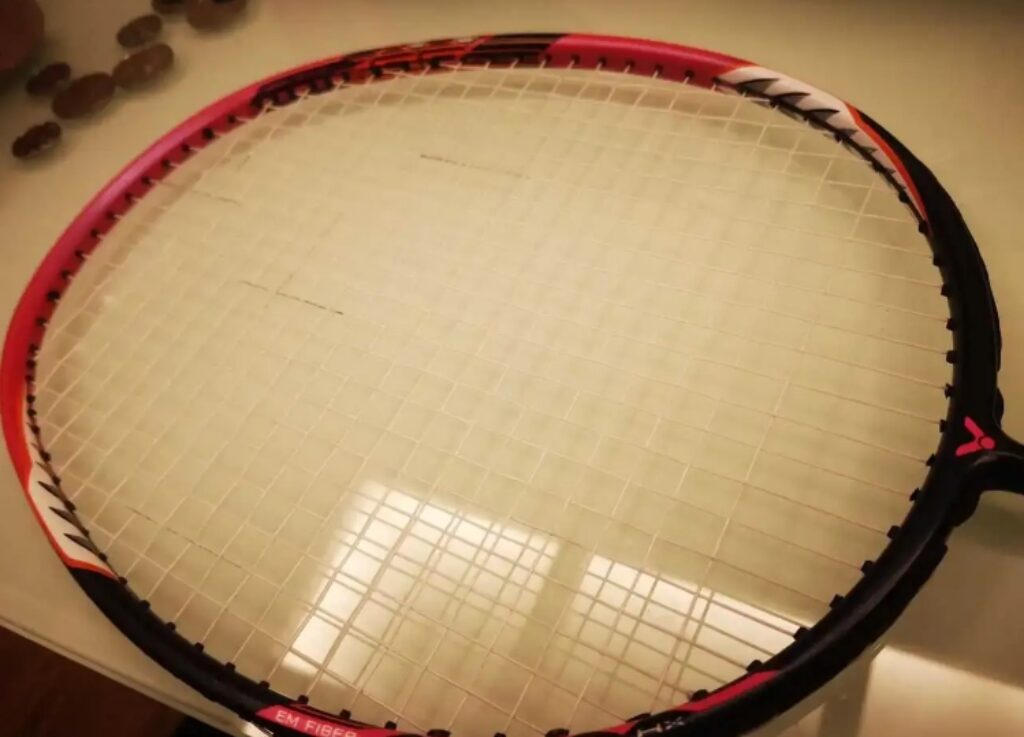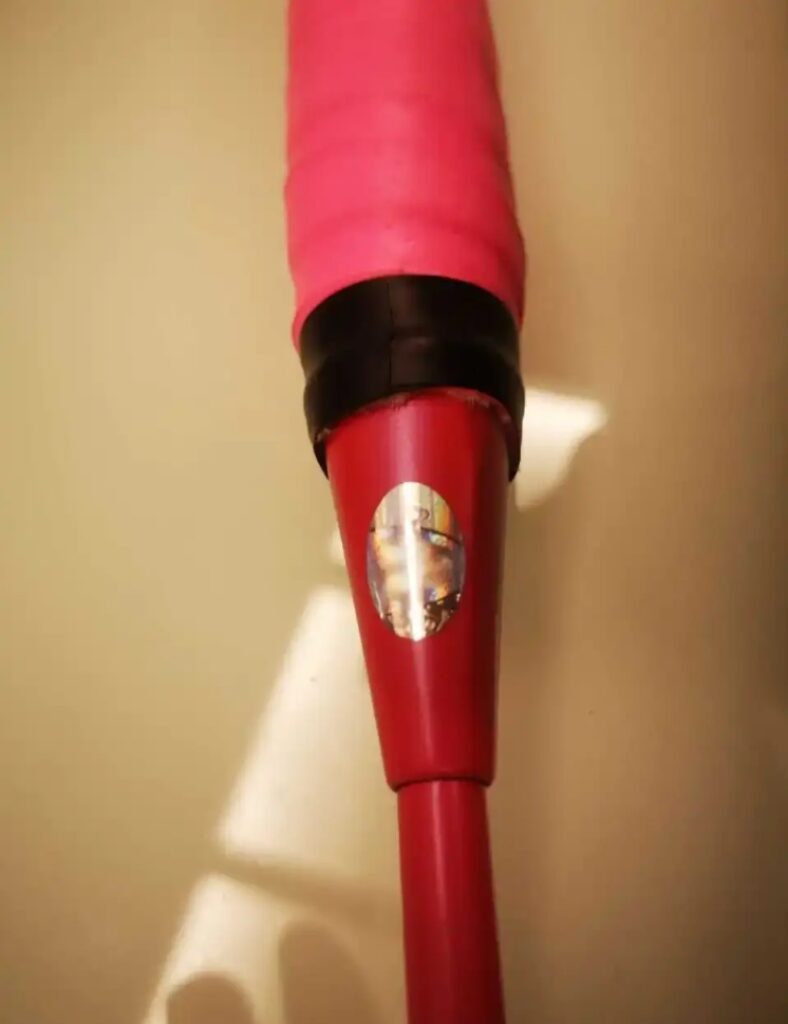Many players may have noticed that the brand Victory has many classic mid-range rackets in the 8xx price range. Apart from the high-end material-distributed Columbia, models like Little Falcon, Little Devil Slayer, and Speed 50 have become outstanding representatives of mid-range rackets. When in doubt, choosing among these three can provide a good experience.
However, have you ever heard of a “Mid-Range Four Legends” version that includes a Yu series racket?

Specifications: 3UG5, unstrung weight 88.1g, balance point 305mm, 7.0mm Pyrofil carbon shaft, length 210mm, moderate to stiff stiffness, 76-hole aerodynamic hexagonal frame, 8—4 o’clock string grooves, warranty 34 pounds, strung with 26-28lbs NBG95.
The actual visual effect of the Yu 5H is not fully captured in pictures. The paint used is mixed with a large amount of glitter, giving the racket a very blingbling effect, and the actual color of the paint is somewhat darker than what is shown in promotional images. I find this paint job somewhat controversial; its distinctive appearance is both a benefit and a drawback as it may not align with everyone’s aesthetic preferences. As for paint durability, the previous user reported minor blemishes at the 2 o’clock position on the racket head after about a month of use, which may still be unsatisfactory. Moreover, if significant paint chipping occurs, the exposed carbon fiber color may become quite glaring. Also, the black color in the images is not pure black but a brownish shade similar to traditional Chinese medicine decoctions.
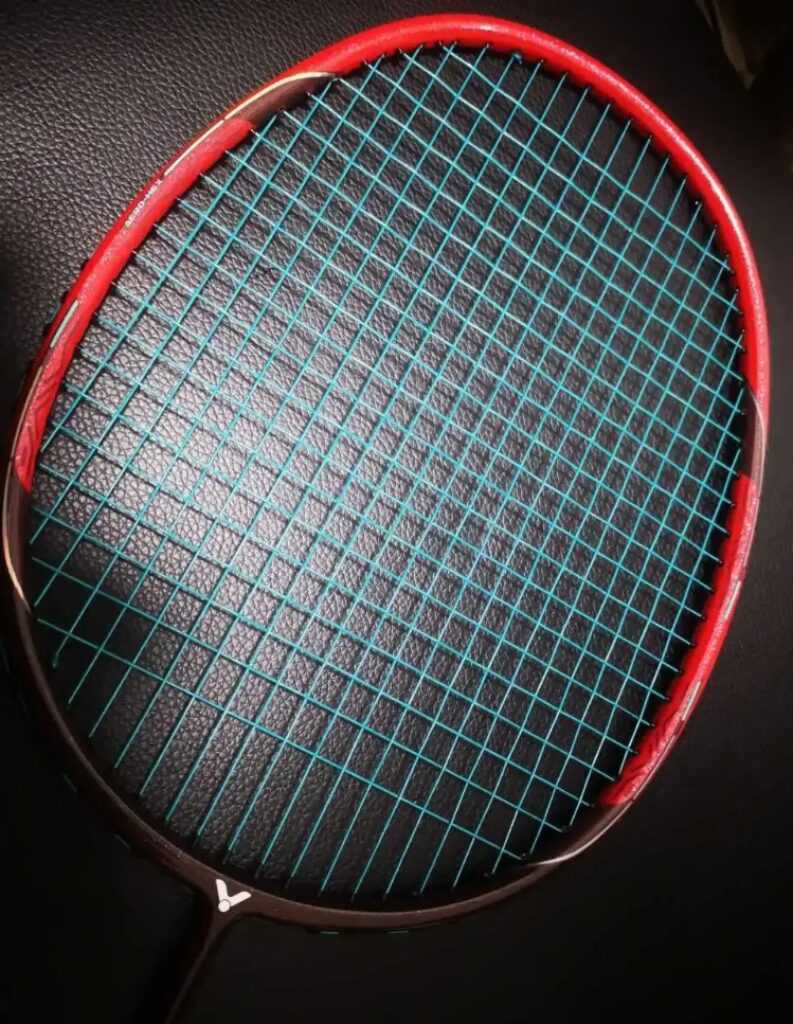
The 3U weight is quite imposing, and the reason the previous owner sold the racket aligns with some reviews on platforms like Xianyu and Zhongyu: it’s heavy and hard to handle. After testing various 3U rackets, I found that the weight distribution of the Yu 5H is quite balanced, and the overall weight is not high, making the swing load feel minimal. This initial impression conflicts with the reviews. The hexagonal frame, used in the previous Yu 1L/3F models, still maintains a balance between low wind resistance and high stability. During shuttle juggling practice, apart from a somewhat muted hitting sound compared to other rackets, there were no other unusual sensations. The difficulty reported by many players may stem from the shaft. I haven’t seen any non-collision damage cases on rackets with the Strong Stack System.

From the moment I picked it up, I was impressed by its firm and crisp feel, unlike Victory’s 76-hole string bed paired with NBG95. Initially, the stiffness of the shaft doesn’t match the actual settings, somewhat similar to the HX800LTD. However, after some use, as the initial tension of the NBG95 settles, the racket becomes more flexible, resulting in a more neutral overall stiffness for both the shaft and frame.
The elasticity of the racket is quite impressive. During warm-up, clearing shots felt smooth, with a good balance of ball feel, speed, and angle. For advanced players, the Yu 5H is quite easy to handle. However, its neutral feel means that the feedback can be somewhat ambiguous. For players with strong power who can deform the shaft, the racket feels like playing on a sponge, while for those without sufficient upper body strength, it might feel overly jarring. Although it is a mid-range model, its current settings are somewhat high, similar to the Columbia series, which targets typical head-heavy attacking players. The Yu 5H, marketed as a balanced racket, might lead some buyers to feel disappointed.
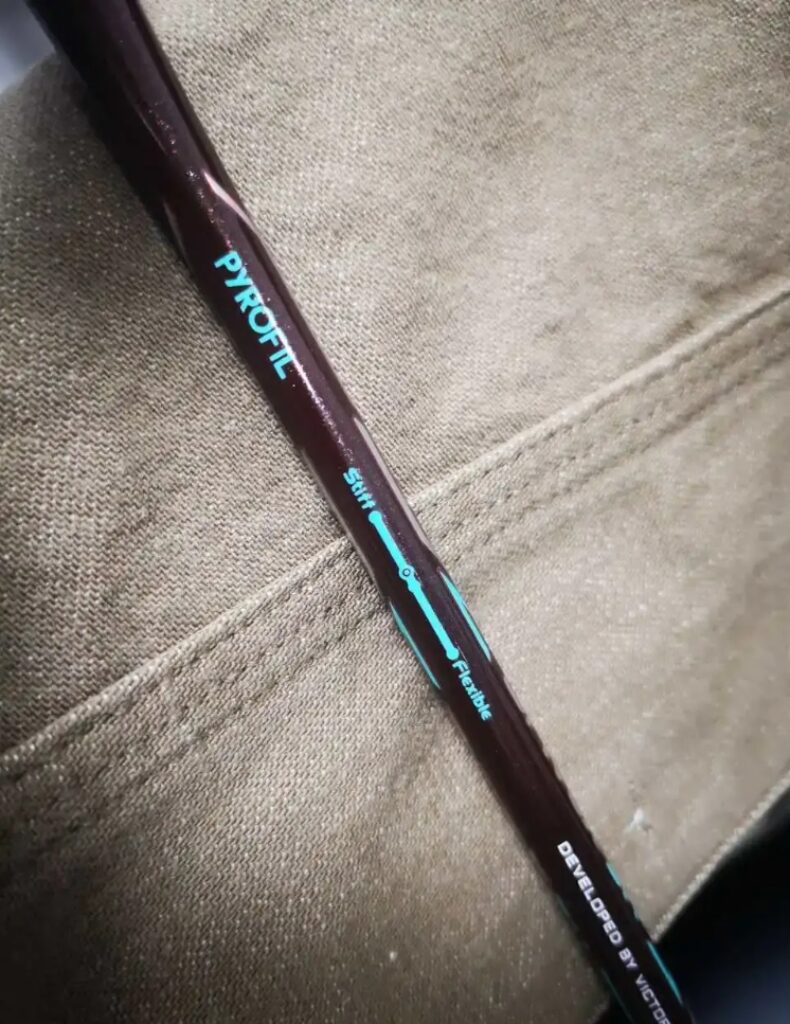
Whether it will become easier to use after breaking in, like the Speed 10, remains to be seen with long-term use by others. Currently, its firm state provides a good experience in offense. The Yu 5H is not a heavy-hitting racket; its performance relies on elasticity, requiring focused power from the user. When this requirement is met, the ball speed is impressive, with explosive performance exceeding my expectations for its swing weight, and the sound is quite sharp. As a mid-range racket, the Yu 5H’s smashing performance might be on par with its elder brother, the Yu 7K, and its lower balance point also enhances its continuity. The strong core and hexagonal frame provide excellent torsional resistance, ensuring stable shot control under various power levels, resulting in excellent performance in quick kills.
Although it performs well offensively, the 305mm balance point seems somewhat lacking in terms of sharp and shallow drop shots, with less downward pressure compared to the Yu 7K.

For players who have already purchased the Yu 5H but find it too heavy for doubles, adjusting the grip point slightly to have the thumb rest against the cone cap can reveal its strength in flat drives. With quick response and agile swings, if the finger joints can effectively generate power, it proves to be highly useful in fast-paced mid-court exchanges, with strong shots even with the 95 string. Although the balanced nature of the Yu series is often associated with creating opportunities through precise net play, I personally prefer its direct and straightforward approach. Techniques like net drops are not difficult with the Yu 5H, but its straightforward shot style makes me often forgo these options.
Of course, when repositioned to the mid-to-back court due to lifts or drives, the large sweet spot and high tolerance of the Yu 5H make actions like intercepting and slicing easier to perform.
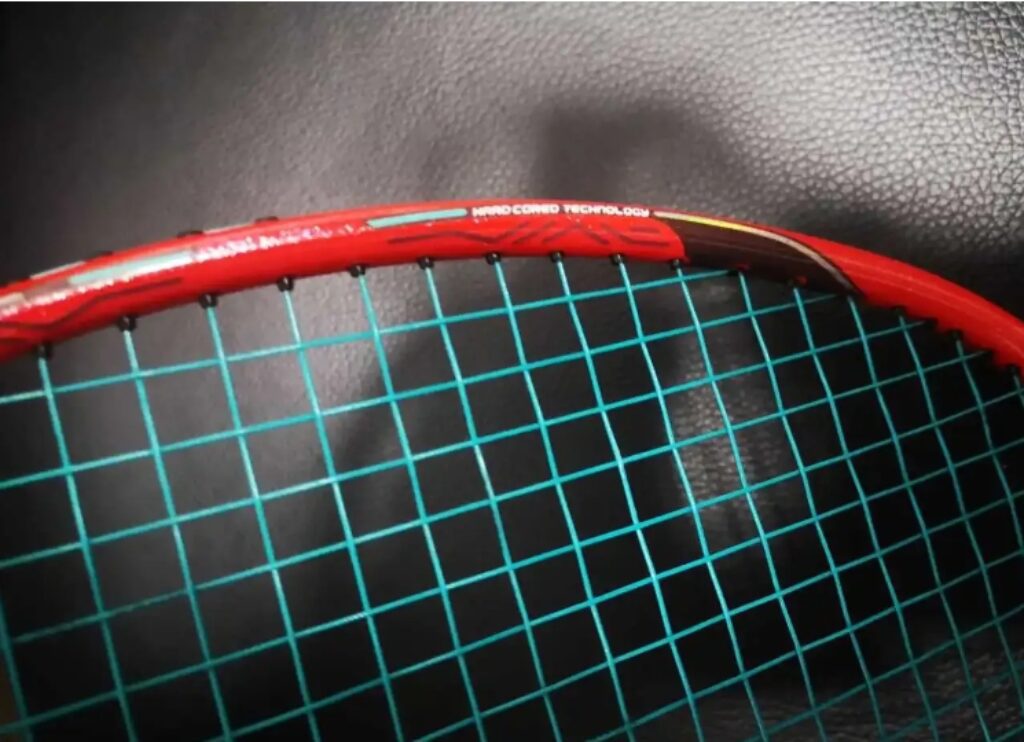
In fact, I didn’t do enough research before acquiring this racket, and was surprised to see the Pyrofil on the shaft after receiving it, even checking the equipment library for confirmation. Overall, I really like the Yu 5H; it uses quality materials and performs well. However, its moderate stiffness means it has the characteristic drawbacks of Victory’s balanced rackets, which may not meet the expectations of the mid-range market, resulting in a rather low profile in the market.



